Advertisement
At this year’s Mobile World Congress, EY unveiled an AI-driven contract analysis platform built on Nvidia technology, drawing attention to a part of business few talk about but everyone relies on — contracts. Every deal, partnership, and agreement depends on these dense documents, yet reviewing them is often slow, prone to mistakes, and resource-heavy.
EY’s solution reimagines how organizations tackle this work, using artificial intelligence to read and understand contracts at scale, uncovering risks and key terms in minutes. It’s not just faster; it changes how companies can approach compliance, negotiations, and risk management in a far more informed way.
EY's contract analysis platform runs on Nvidia's powerful AI technology, designed to handle the heavy demands of large-scale machine learning. Contracts are notoriously tricky for automation. They come in different formats, are packed with technical language, and often hide critical details behind wording that can be open to interpretation. Rather than relying on rigid rules or simple keyword matching, this platform utilizes natural language processing to comprehend the context and intent behind each clause, much like a human reviewer, but with far greater speed and consistency.
It starts with businesses uploading their contracts to the system. Nvidia’s GPUs give the AI enough processing muscle to analyze huge volumes of text at once, even when it’s disorganized or lengthy. Within minutes, the platform highlights areas that might raise concerns, such as vague terms, heavy penalties, or missing compliance language. It also pulls out key dates, renewal conditions, and responsibilities, displaying everything clearly on a user-friendly dashboard. For legal and compliance teams, this means no more digging through pages to find what matters. EY says early adopters have seen review times drop by as much as 70%.
What really sets this technology apart is its ability to notice subtle patterns and inconsistencies. Older tools often miss nuances or overlook recurring issues hidden in the fine print. Trained on millions of real contracts, this system recognizes more than just obvious risks. It uncovers trends across agreements, making it an invaluable resource during audits, acquisitions, or when trying to standardize terms company-wide. It’s sharp, fast, and reliable.
The benefits of the Nvidia-powered platform extend well beyond saving time. Human reviewers, no matter how experienced, can miss details after hours of reading repetitive language. Fatigue and inconsistency in interpretation can lead to errors that expose businesses to risk. By maintaining uniform analysis across every document, the AI system helps minimize oversight.
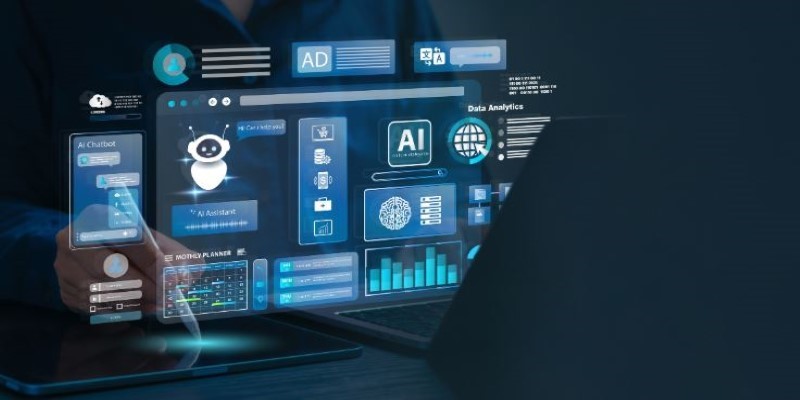
It also makes it easier to spot trends that might otherwise go unnoticed. If certain risky terms are present in multiple agreements with the same vendor, the system can flag that pattern for further scrutiny. If similar contracts show inconsistent wording, legal teams can standardize them to avoid conflicting obligations. This level of analysis, applied consistently across thousands of documents, enables companies to better understand their exposure and take action where necessary.
Scalability is another key strength. Multinational businesses often manage thousands of contracts across various countries, each with its unique legal nuances. Traditional teams cannot feasibly review all these documents in a reasonable timeframe. The AI platform is designed to scale to this level of complexity, analyzing contracts in parallel and delivering insights in hours rather than weeks. This scalability allows organizations to respond quickly to internal reviews, compliance deadlines, or shifting regulations, no matter how many agreements they need to examine.
The debut of this system highlights a broader move toward integrating artificial intelligence in legal and compliance work. Contracts are just one type of business document that has resisted automation because of their complexity and high stakes. However, advances in AI are making it possible for machines not only to read and summarize text but also to analyze meaning, assess risks, and even suggest revisions.
EY’s decision to use Nvidia’s hardware reflects the need for fast, large-scale processing that cloud-only platforms can’t always deliver. Nvidia’s GPUs are built for the high demands of running large language models, which is why they’re well-suited for this type of application. As more organizations see how these tools reduce costs and improve operational efficiency, the legal industry may see rapid adoption. Businesses that embrace AI-powered contract review early are likely to gain an advantage by freeing up legal teams for higher-value tasks and avoiding costly oversights.
The growing use of AI in this area is also changing the role of legal teams. Instead of spending countless hours combing through contracts for routine checks, lawyers can focus on strategic guidance and complex negotiations. The technology handles the repetitive groundwork, enabling experts to apply their judgment where it matters most.
The launch of this Nvidia-powered contract analysis technology may mark a turning point in how organizations handle their contractual obligations. In a business environment where time and accuracy are paramount, being able to instantly access insights from complex agreements is invaluable. It also opens the door for more strategic use of contracts, rather than seeing them as static legal documents filed away after signing.
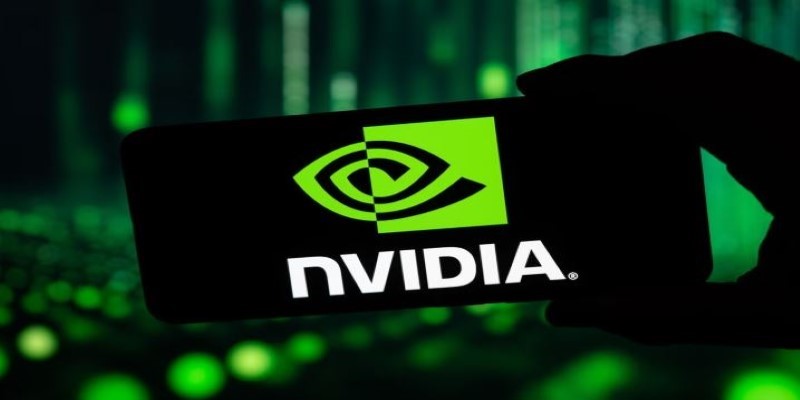
EY’s tool could pave the way for predictive analytics in contracts, helping businesses forecast potential disputes or identify opportunities to renegotiate unfavorable terms before they impact the bottom line. As artificial intelligence models continue to improve, they may become sophisticated enough to draft contracts based on best practices, flag problematic language during negotiations in real time, or even automate low-risk contract approval entirely.
At Mobile World Congress, EY’s team noted that they are already exploring next-generation features, including multilingual support and integration with other enterprise systems such as procurement and customer relationship management platforms. This would make the technology even more useful for global organizations that operate across diverse legal environments and business contexts.
EY’s Nvidia AI-powered contract analysis tool, revealed at Mobile World Congress, is transforming legal and compliance work. Using natural language processing and Nvidia’s computing power, it delivers faster, consistent, and scalable contract reviews. By cutting review times, reducing errors, and uncovering risks, it frees legal teams for strategic tasks. As adoption grows, this technology could redefine contracts as clearer, more actionable business tools rather than static legal documents.
Advertisement
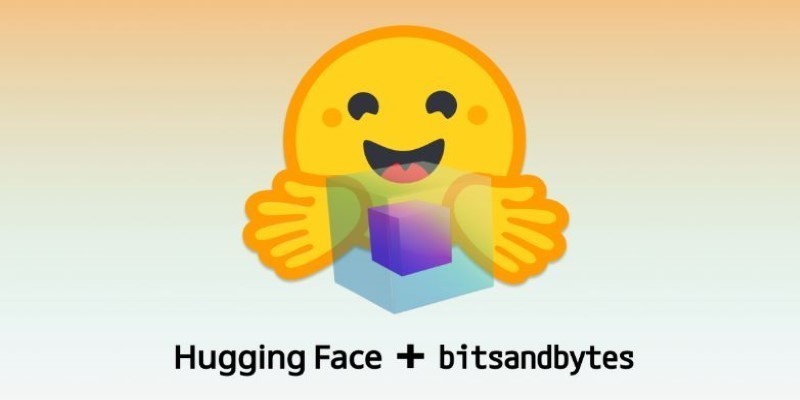
How 8-bit matrix multiplication helps scale transformer models efficiently using Hugging Face Transformers, Accelerate, and bitsandbytes, while reducing memory and compute needs

Running large language models at scale doesn’t have to break the bank. Hugging Face’s TGI on AWS Inferentia2 delivers faster, cheaper, and smarter inference for production-ready AI

How a humanoid robot learns to walk like a human by combining machine learning with advanced design, achieving natural balance and human-like mobility on real-world terrain

How the OpenAI jobs platform is changing the hiring process through AI integration. Learn what this means for job seekers and how it may reshape the future of work
Advertisement
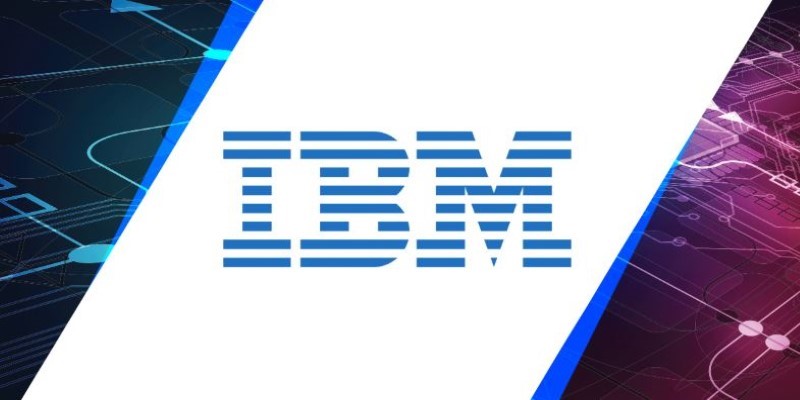
IBM Plans $150B Technology Investment in US, focusing on semiconductors, AI, quantum computing, and workforce development to strengthen innovation and create jobs nationwide

Find the 10 best image-generation prompts to help you design stunning, professional, and creative business cards with ease.

How the Philadelphia Eagles Super Bowl win was accurately predicted by AI, showcasing the growing role of data-driven analysis in sports outcomes
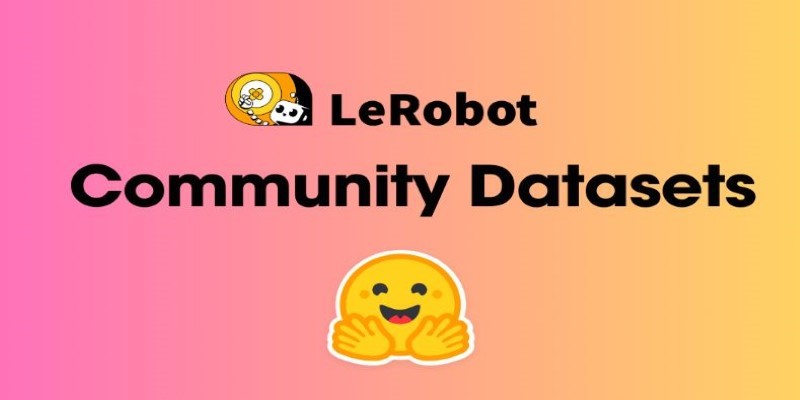
Explore the concept of LeRobot Community Datasets and how this ambitious project aims to become the “ImageNet” of robotics. Discover when and how a unified robotics dataset could transform the field
Advertisement

Bias in generative AI starts with the data and carries through to training and outputs. Here's how teams audit, adjust, and monitor systems to make them more fair and accurate
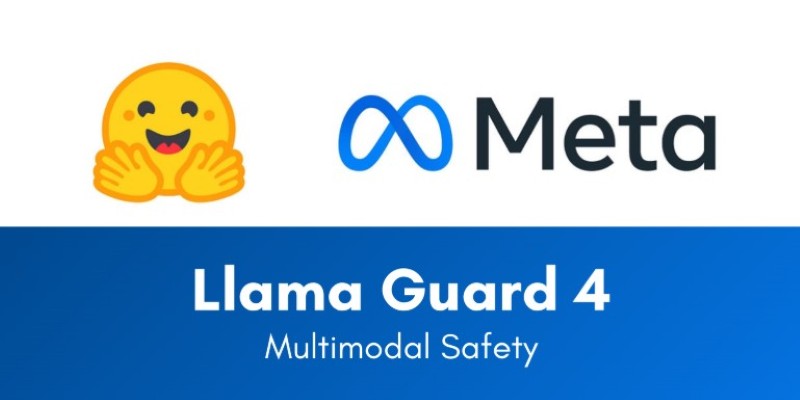
How Llama Guard 4 on Hugging Face Hub is reshaping AI moderation by offering a structured, transparent, and developer-friendly model for screening prompts and outputs

Ahead of the curve in 2025: Explore the top data management tools helping teams handle governance, quality, integration, and collaboration with less complexity
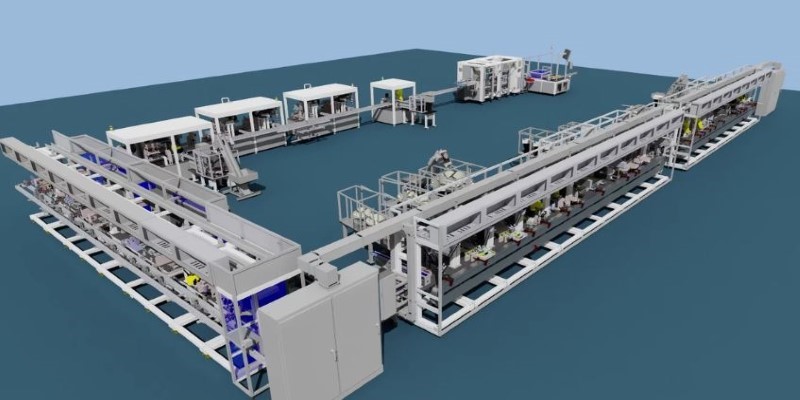
Rockwell Automation introduced its AI-powered digital twins at Hannover Messe 2025, offering real-time, adaptive virtual models to improve manufacturing efficiency and reliability across industries